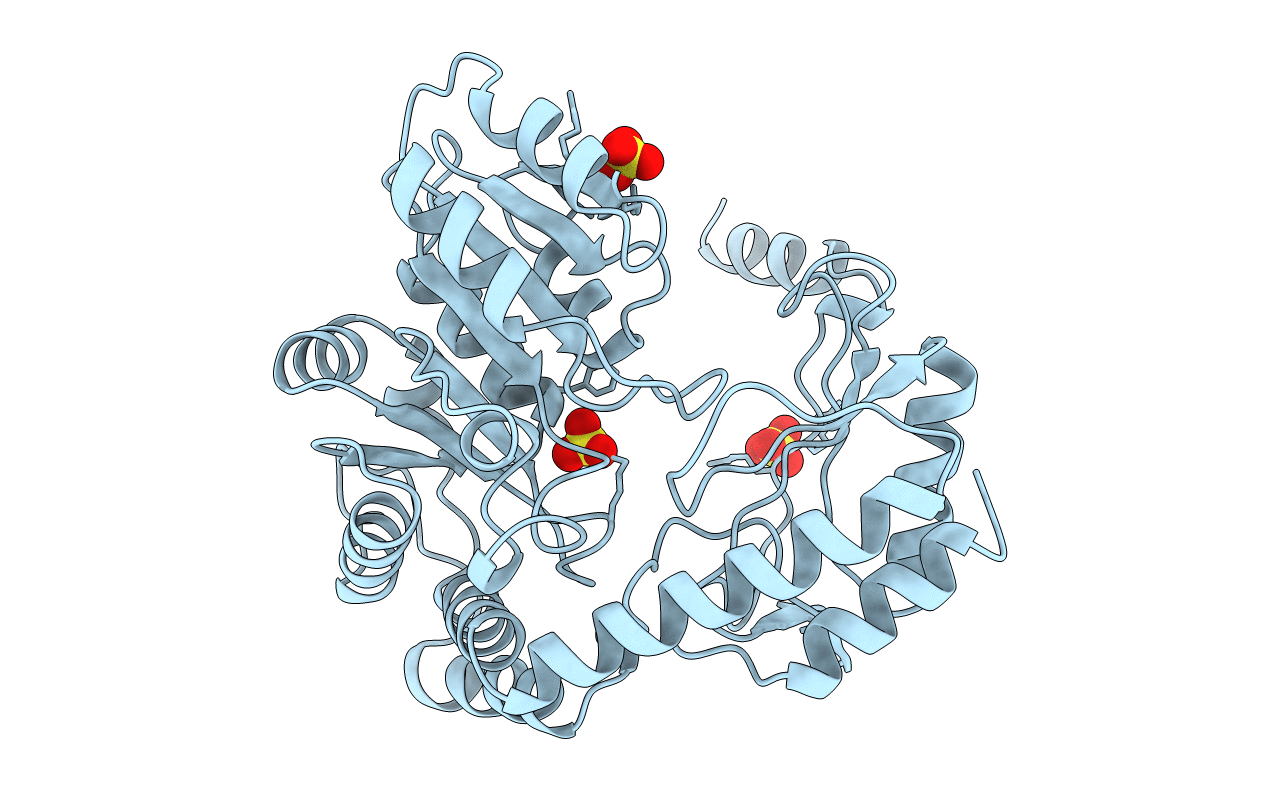
Deposition Date
1998-08-31
Release Date
1999-08-27
Last Version Date
2023-12-27
Method Details:
Experimental Method:
Resolution:
1.65 Å
R-Value Free:
0.21
R-Value Observed:
0.17
Space Group:
P 31 1 2


